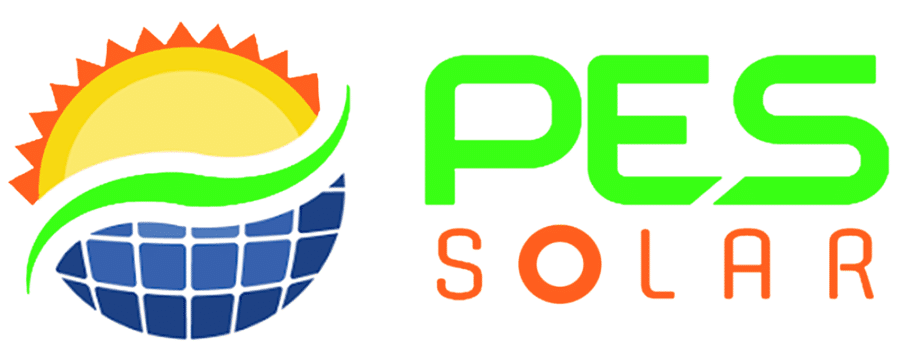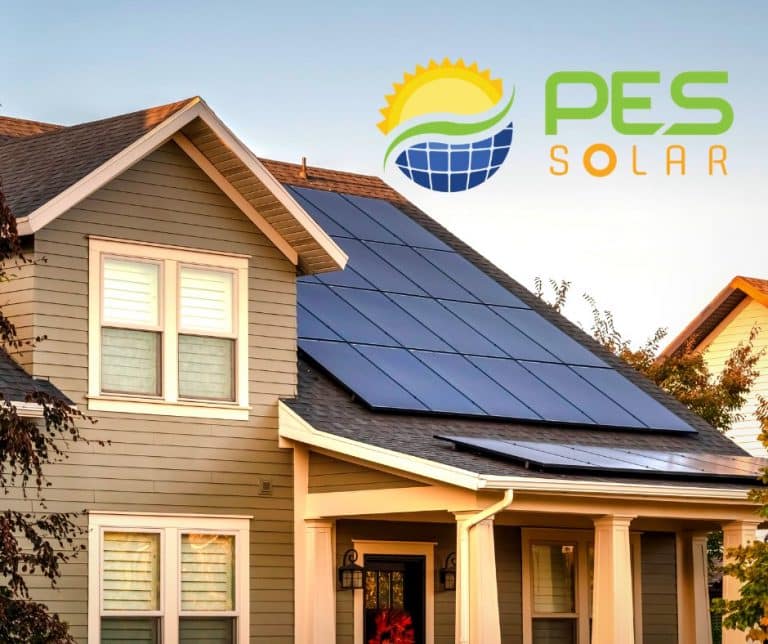Solar inverters convert direct current (DC) that solar panels generate into alternating current (AC) that powers most home appliances. With all the solar technologies available, you may find it difficult deciding on the right solar option. The two main types of inverters include string inverters and microinverters. Knowing the key differences between the two can help you make an informed choice on which inverter to use for your solar panel system.
What Is a String Inverter?
A string inverter (also known as a standard or central inverter) is a standalone box with inputs for “strings” of solar panels to be run into one unit. Usually, six to ten individual solar panels are wired together in string-like series, the end of which is plugged into the central inverter.
Advantages of String Inverters
- Easily reparable – You only need one string inverter to stay connected. In case of a failure in the solar system, it will be the inverter—easy to diagnose and fix.
- Economically-priced – String inverters are the most cost-effective option available. Installing a string inverter is usually cheaper than installing micro-inverters.
- Equal energy production for less – If your solar panels are all facing the same direction, and you do not experience shading issues, use a string inverter. It will help you produce about the same power as microinverters, without paying a higher cost.
Disadvantages of String Inverters
- Only as strong as its weakest panel – Because string inverters require solar panels to be wired in a series, the output of the entire series of panels is affected when one solar panel’s production is affected — shaded or soiled. Therefore, if one of the solar panels fails, your entire string stops operating and you’ll have to repair or replace the defective panel for it to work.
- Can’t monitor individual panels – You have to use add-on optimizers to track the production of an individual solar panel. Otherwise, you can only monitor the production of the entire system.
What Is a Microinverter?
A microinverter pairs with a single panel to convert the DC-to-AC power for that individual solar panel. Microinverters function in a parallel circuit. There is no centralized inverter in microinverter systems as each solar panel is hooked up to its own inverter.
Microinverters take full advantage of the production of each solar panel. They convert the power generated by each individual solar panel to the grid voltage.
Advantages of Microinverters
- Greater energy production – You can yield more solar electricity by using microinverters as compared to using string inverters that connect panels in a series.
- Multidirectional accessibility – Microinverters are the most suitable option if your solar panel system is facing multiple angles, meaning some of your solar panels are facing east, west, or south. They also help yield more power if you are facing shading issues. Under such situations, your individual panels will be generating a different amount of power at different times of the day. However, microinverters ensure that you harvest all of the energy, unlike the string inverter.
- Optimizable – You can use optimizers with standard inverters to function as microinverters, thereby increasing the production cost.
- Long-lasting – Microinverters are more durable and more reliable than string inverters. Microinverters usually have 25-year warranties, while standard inverters have between five to 10-year warranties.
- Individual panel monitoring – Microinverters help you track the production of each individual solar panel. On the other hand, you can only achieve system-level monitoring with standard inverters.
Disadvantages of Microinverters
- Pricey in comparison to string inverters – Microinverters are more valuable and, therefore, more costly than standard inverters, raising the cost of residential solar panel installation.
- 1:1 micro inverter to panel ratio – The number of inverters must be equal to that of solar panels on your roof.
Even though both string inverters and microinverters perform the same functions, they have unique benefits and drawbacks. Not only should you consider the various factors above before selecting the right inverter for your solar panel system, but you should also seek the informed opinion of an experienced solar energy professional.
Professional Solar Panel Consultations
The solar energy experts at PES Solar can help you determine the best option to suit your unique energy needs and residential conditions. Feel free to contact us online for a free quote or call us at 3[company_phone] for more information, inquiries, or questions about solar inverters.

